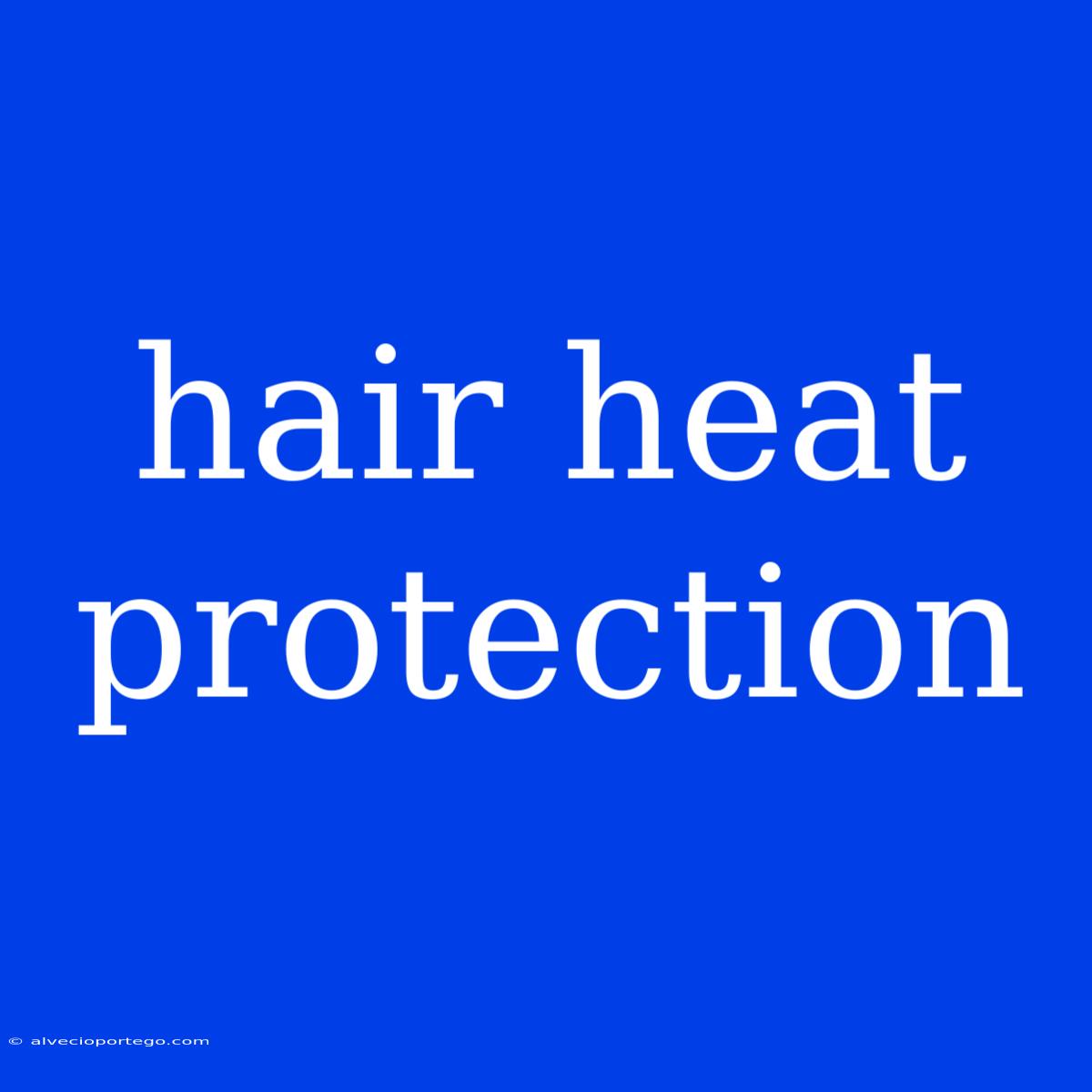Protect Your Locks: The Ultimate Guide to Hair Heat Protection
Heat styling tools are a staple in many people's hair routines, but they can also cause significant damage to our strands. From split ends to frizz, excessive heat can leave your hair looking dry, brittle, and lifeless. That's where heat protection products come in.
Why is heat protection essential?
Hair is made of keratin, a protein that can become weakened by excessive heat. When we use hot tools like curling irons, straighteners, or blow dryers, the high temperatures can alter the structure of the keratin, leading to:
- Hair breakage: Heat can weaken the hair shaft, making it more prone to breakage and split ends.
- Frizz and dryness: Heat can strip away the hair's natural oils, leaving it dry and frizzy.
- Color fading: Heat can cause color to fade faster, especially in color-treated hair.
Types of Heat Protectants
There are many different types of heat protectant products available, each designed to target specific hair concerns:
1. Sprays:
- Pros: Easy to apply and evenly distribute.
- Cons: Can sometimes leave hair feeling stiff or sticky.
2. Serums:
- Pros: Lightweight and provide a silky, smooth finish.
- Cons: Can be difficult to apply evenly to thick hair.
3. Creams:
- Pros: Offer intense moisture and protection, ideal for dry or damaged hair.
- Cons: Can weigh hair down, especially fine hair.
4. Oils:
- Pros: Provide shine and nourishment, leaving hair soft and manageable.
- Cons: Can be greasy if overused, especially on fine hair.
5. Leave-in conditioners:
- Pros: Combines heat protection with hydration and detangling benefits.
- Cons: May be too heavy for fine hair.
Choosing the Right Product
The best heat protectant for you will depend on your hair type and styling needs:
- Fine hair: Opt for lightweight sprays or serums to avoid weighing down your hair.
- Thick hair: Use a cream or oil for maximum protection and hydration.
- Color-treated hair: Choose a heat protectant specifically designed for color-treated hair to prevent fading.
- Damaged hair: Opt for a product rich in moisturizing ingredients like argan oil or shea butter.
Using Heat Protectants Effectively:
- Apply to damp hair: Apply the product evenly to damp hair before styling.
- Use the right amount: Don't overdo it. A little goes a long way.
- Use heat tools at the lowest setting: Always use the lowest heat setting possible to minimize damage.
- Don't style the same section repeatedly: Limit the number of passes on each section of hair.
- Use a heat protectant every time you style your hair: Consistency is key to protecting your hair from heat damage.
Protect Your Investment:
Heat protection is a crucial part of maintaining healthy and beautiful hair. By incorporating a heat protectant into your routine, you can minimize damage and keep your locks looking their best, no matter how often you reach for your styling tools.

